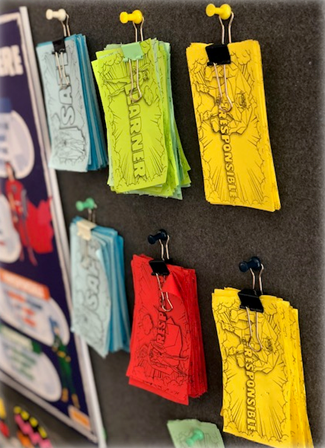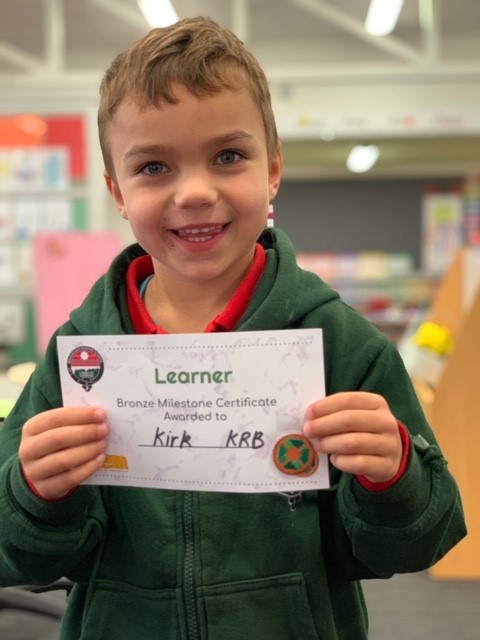Known as PBL, ‘Positive Behaviours for Learning’ is an evidence-based whole school systems approach that:
- addresses the diverse academic and social needs of every student to support them to be successful
- supports students in early childhood settings through to senior years of schooling
- enables schools to establish a continuum of supports that are intensified to meet the needs of every student
- is team driven, using a problem solving approach (data, systems and practices) that engages students, parents and all school staff
- establishes positive social expectations for all in the school community
- provides a framework for the school and its community to collectively support the wellbeing of every student.
When PBL is implemented well:
- students respond positively as they have been taught what is expected of them
- staff deliver consistent responses to student learning and behaviour
- students feel safe and cared for at school. Their parents, family and community are more involved in their school
- unproductive and challenging behaviour can be significantly reduced for most students
Positive Behaviour Recognition Systems
Research shows that:
- behaviour that is acknowledged is more likely to occur again
- no ‘good’ behaviour should be taken for granted, or it may decline, regardless of the student's age therefore there will be an increase in the likelihood that desired behaviours will be repeated
- it is important to focus staff and students’ attention on desired behaviours to decrease inappropriate behaviour and enhance self-esteem.
Positive Recognition Systems Aims To:
- acknowledge and show appreciation to all students who positively demonstrate behavioural expectations
- focus attention to students who display appropriate behaviours
- serve as an incentive for students who don’t exhibit expected behaviours on a regular basis
- be a prompt for adults.
Effective positive feedback is about identifying and reinforcing students when the expectation is met by:
- giving verbal feedback referring to the specific behaviours displayed
- Using the language of your expectations
- “I saw you were being very respectful when you waited calmly for your turn in the canteen line”.
- “You were being safe when you walked calmly back to your table group”.
- “Thank you for being responsible by showing a kindergarten child where the front office is located”.
- “You were demonstrating being a good learner by showing me with your body language that you’re ready for learning”.



